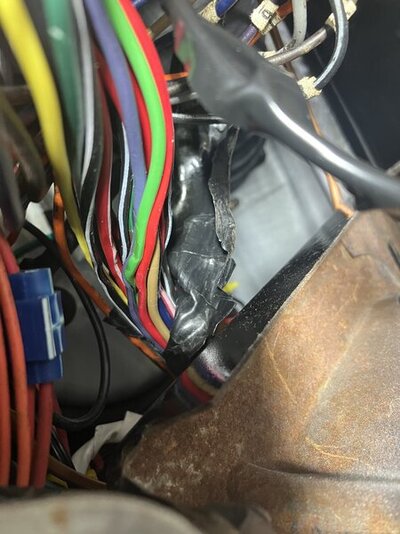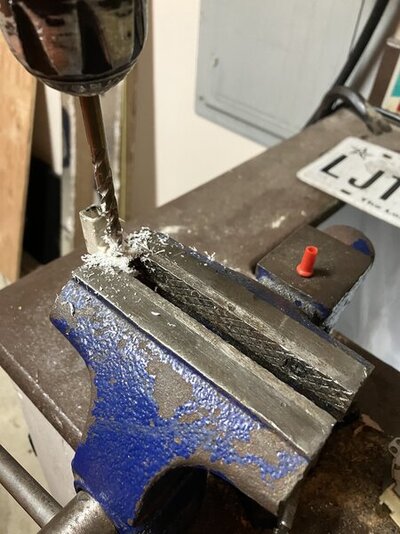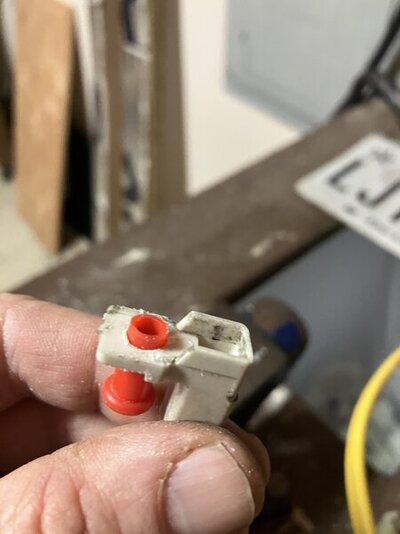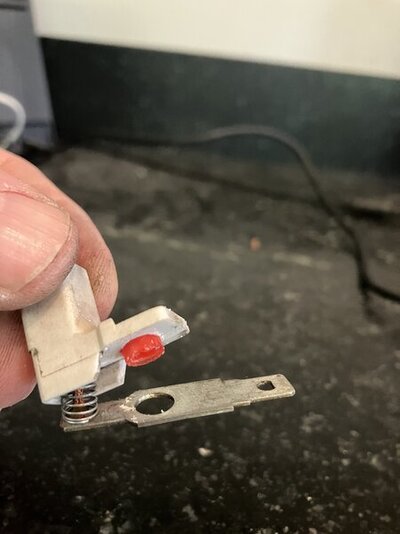like_A_pike
that's not factory
1968 Barracuda originally a 318 automatic now 340 with a chrome box, no additional electronics.
The horn relay burned up not long after I replaced the turn signal switch. I think I chased that down to where I pinched the wire harness between the dash and the steering column supports.


I think I have that sorted but I am still getting 12.35v to my multimeter between the block and the negative battery terminal.
I have a fuse in the fusible link that I remove and replace between tests. Those tests have led me to the alternator. The wire to it checks out ok. I get the 12v at the ground when I reconnect the alternator.
My question are; do I understand correctly that I should not be getting 12v at the ground with that connected (I assume properly. It’s a square back Powermaster. It’s been in there for a few years without issues) and can I open the alternator up, find and fix the short or is it toast?
The horn relay burned up not long after I replaced the turn signal switch. I think I chased that down to where I pinched the wire harness between the dash and the steering column supports.


I think I have that sorted but I am still getting 12.35v to my multimeter between the block and the negative battery terminal.
I have a fuse in the fusible link that I remove and replace between tests. Those tests have led me to the alternator. The wire to it checks out ok. I get the 12v at the ground when I reconnect the alternator.
My question are; do I understand correctly that I should not be getting 12v at the ground with that connected (I assume properly. It’s a square back Powermaster. It’s been in there for a few years without issues) and can I open the alternator up, find and fix the short or is it toast?




















